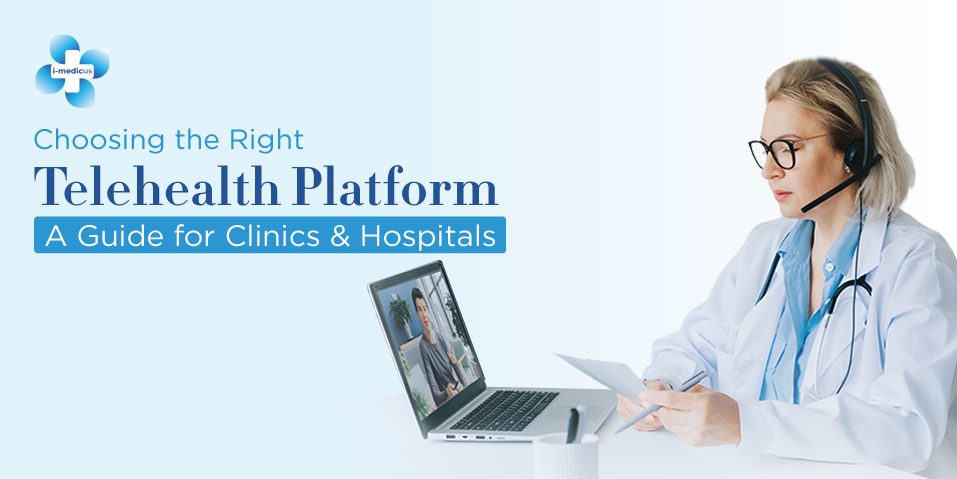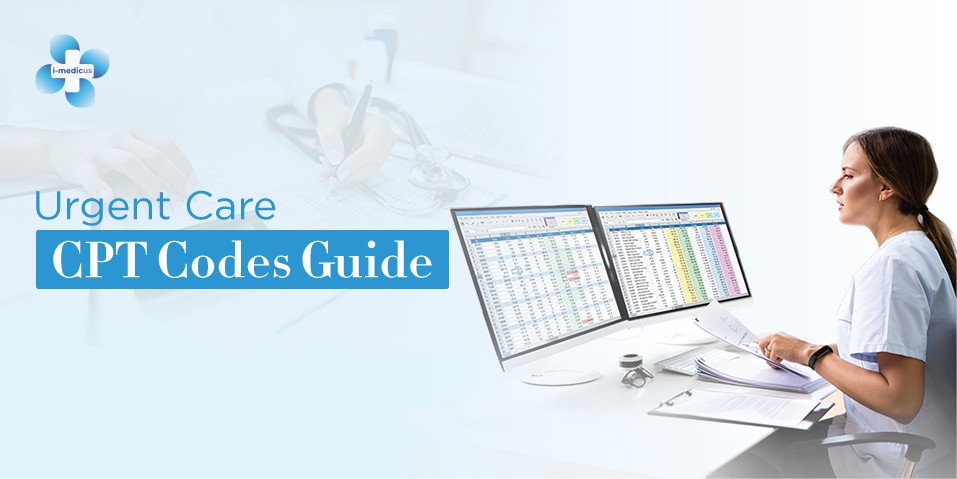When running a healthcare organization, one of the key challenges it faces is keeping health insurance costs within the margins because a great deal of operations, staff, and equipment are required to run an organization constantly. Fortunately, today’s technology can reduce healthcare costs.
Telemedicine can reduce healthcare costs by implementing technologies to replace various healthcare services. It may include video consultation, e-prescriptions, digital patient documents, and more.
From individual professionals to clinics and hospitals, Telemedicine is a solution for healthcare organizations of all sizes.
In this blog, we will discuss everything about Telemedicine, its key components, and the ways in which it reduces healthcare costs.
Understanding Telemedicine
Telemedicine is a way to receive healthcare services remotely. It includes online doctor consultation, live chat, and phone calls. Instead of a physical visit, you can talk to a doctor remotely. Doctors can diagnose and monitor patients through these digital tools. It makes healthcare more accessible. This is especially true for places where doctors are hard to reach.
Key Components of Telemedicine
Here are three main categories of Telemedicine:
1. Communication Technologies
- Video Conferencing: Patients can now talk to their doctor via video call on a telehealth app. It helps doctors diagnose issues, provide treatment plans, and follow up with patients. And that is all without needing an in-person visit.
- Secure Messaging: This private messaging system lets doctors and patients communicate safely. It is great for sending questions, medication reminders, or asking for advice between appointments. Everything stays confidential.
- Telephones: While phones do not have video features. Phone calls are still a simple and effective way for patients to talk to their healthcare providers. This is especially true if internet access is unreliable. It is the most basic form of telemedicine communication.
2. Data Management Systems
- Electronic Health Records: EHRs are digital files that hold all your medical information, such as past diagnoses, medications, and test results. Doctors can quickly access these records from anywhere. It makes it easier to provide care based on the latest data.
- Data Storage and Security: Telemedicine in UAE relies on strong security measures. It protects your medical information. This includes encryption and secure storage methods. So it can prevent unauthorized access. It ensures your data is safe and private. Plus, it follows rules like HIPAA.
- Data Analysis: Doctors can track conditions and predict potential health issues. They analyze patient data to get insights. It helps them make informed decisions about patient care. It also improves treatment outcomes by seeing patterns in data.
3. Remote Monitoring Devices
- Wearable Sensors: Smartwatches can measure heart rate and sleep patterns. These sensors send the data directly to the doctor. It helps them continuously monitor the patient’s health remotely.
- Remote Patient Monitoring Devices: RPM devices are used for specific health conditions. It includes tracking blood pressure or heart rate. These devices help doctors monitor chronic conditions and adjust treatments remotely. It avoids complications or hospital visits.
- Mobile Apps: Many telemedicine services offer apps where patients can log their health data. These apps can also send reminders and let patients chat with their healthcare providers.
How Telemedicine Can Help Reduce Healthcare Costs? 7 Ways
Here are seven ways Telemedicine reduces costs:
Reduced Travel Expenses
Telehealth services allows patients to consult with a doctor virtually. This saves costs on traveling expenses. It is suitable for those areas where healthcare is hard to reach. Did you know? 55% of patients believe they received better care via teleconsultations.
Early Detection & Treatment
Telemedicine allows doctors to keep track of a patient’s health remotely. They use remote monitoring tools. To check things like blood pressure or glucose levels. Doctors can catch problems early before they get worse. Early treatment helps avoid bigger issues down the line.
Decreased Hospital Readmissions
After being discharged, patients still need care and routine check-ups. Telemedicine lets doctors monitor their progress from home. It helps prevent complications and reduces the chances of re-visiting a doctor.
Efficient Use of Time
Telemedicine saves everyone time. Patients do not have to spend hours booking appointments. They can have their appointment from home via a telehealth platform. It allows doctors to see more patients in less time.
Lower Facility Fees
With Telemedicine, healthcare providers can reduce costs. They do not need a big office or extra utilities. These savings can then be passed on to patients. It makes healthcare more affordable.
Leverage Reimbursements
Telemedicine also lets doctors get paid for virtual visits. Health insurance for telemedicine providers can receive insurance payments for online doctor consultations. They must use the correct CPT codes. This creates a new revenue stream for them.
Optimize Staff
Telemedicine reduces the need for as many in-person staff members. Fewer receptionists and nurses are needed for virtual care. This allows the healthcare team to focus on the more important tasks. It makes the process more cost-effective.
Conclusion
Telemedicine is completely changing healthcare by cutting costs. It removes travel expenses and lowers operating costs for healthcare providers. This technology makes healthcare more accessible and affordable. We hope this guide helps you understand the role of Telemedicine, its key components, and how it reduces health insurance costs.
If you are an individual professional or running a healthcare organization, adopting Telemedicine can help you reduce costs and increase margins. Connect with an experienced telemedicine solution provider like i-medicus today and let the professional implement it quickly!








